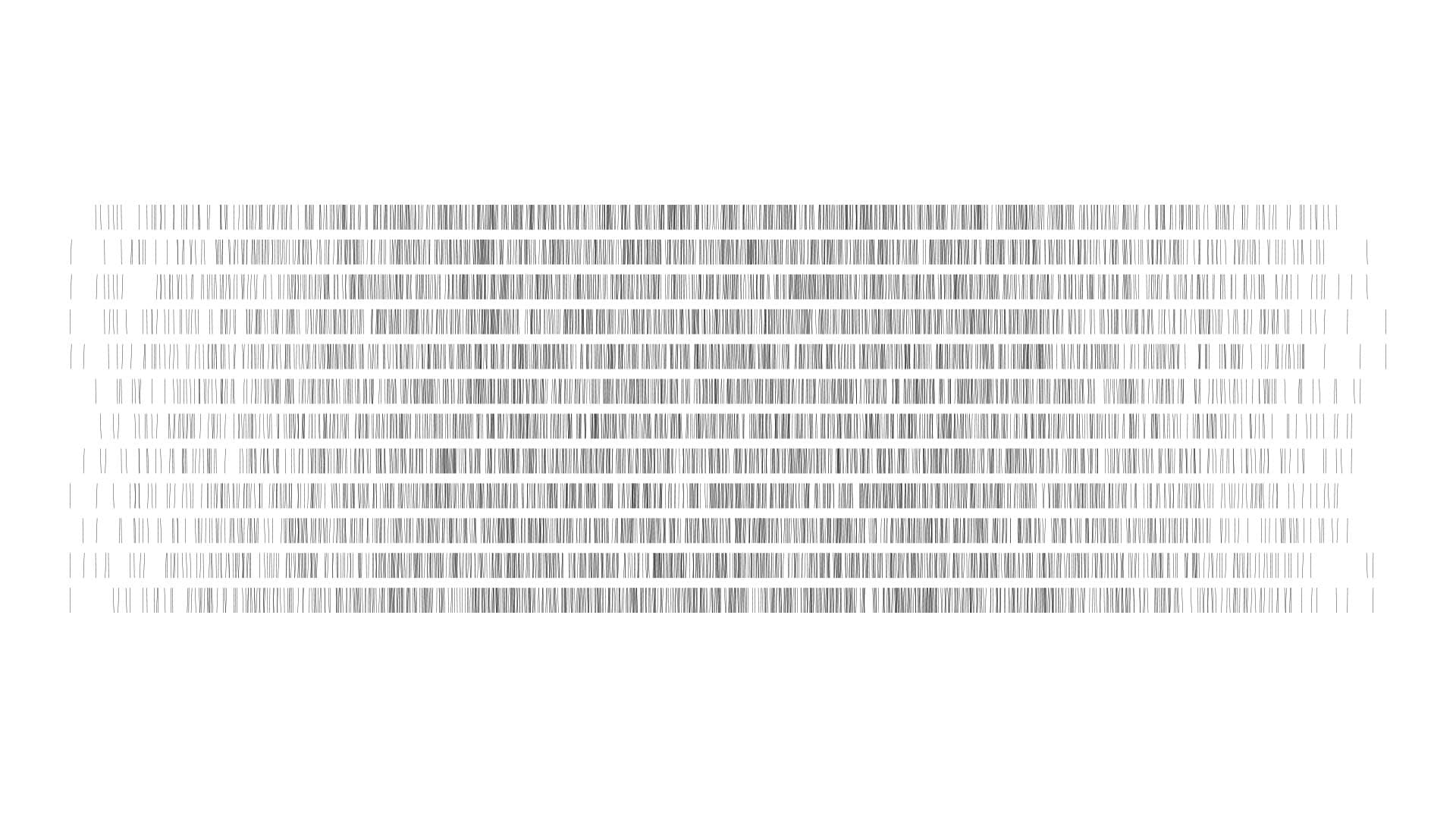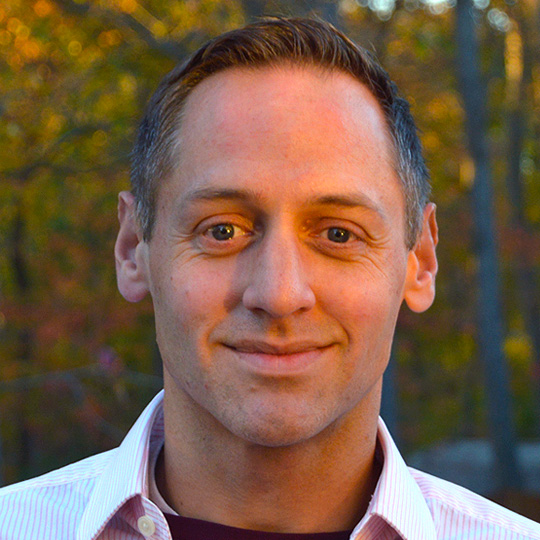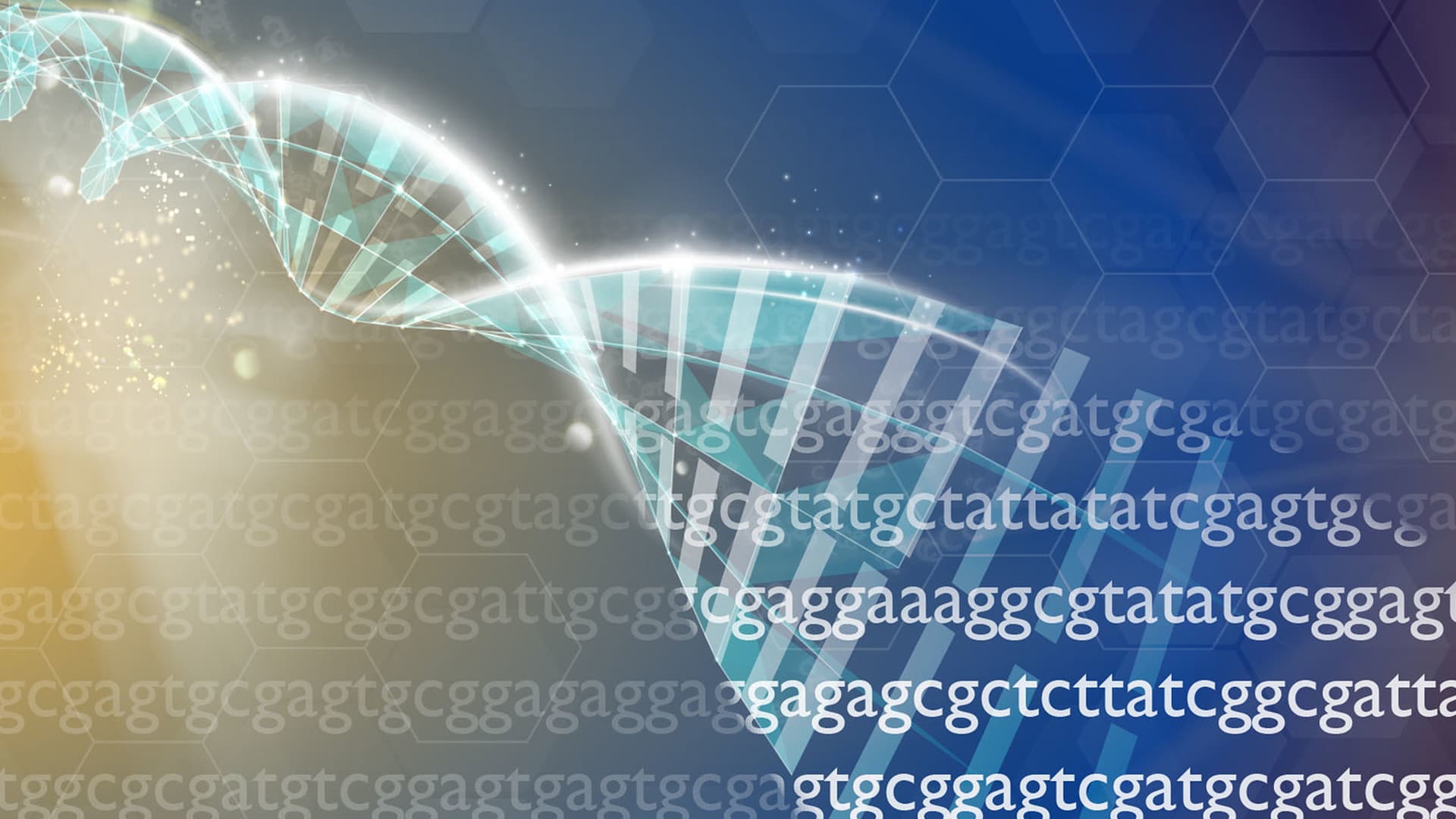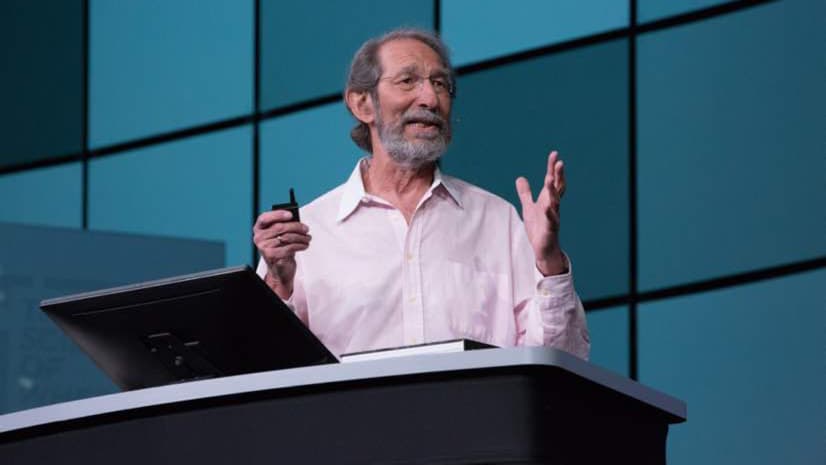“Imagine my standing on stage 30 years ago and saying, ‘Every business on the planet needs to understand that if they don’t go digital, they’re dead.’”
Today, Juan Enriquez is saying something equally revolutionary to business executives: the emerging practice of life coding will fundamentally alter how businesses are run and products created.
Enriquez is a managing partner at venture capital firm Excel Venture Management. The company’s strategic advisory board is a who’s who of life sciences luminaries—among them a former chief strategic officer at Merck, scientists from Harvard and MIT, and Nobel Prize winners. Excel was founded in 2007, and startups that have passed through its portfolio are now owned by the likes of Quest Diagnostics and McKesson.
Enriquez, a futurist, was also the founding director of Harvard Business School’s Life Sciences Project. As such, corporate executives may want to listen when he forecasts what’s next for business. Enriquez says digital transformation is now the price of entry for any company—a must-have rather than a leading-edge practice. And he believes life code is the new digital. Exxon and other heavyweights seem to agree (see sidebar).
WhereNext sat down with Enriquez to discuss an emerging future for business leaders.
The Business of Life Code
WhereNext: If a business executive—say, the CEO of a consumer product goods company—were in the room during one of Excel’s investment discussions, what would they hear that would affect their long-term planning?
Enriquez: When we moved from a molecule economy and an analog economy to a digital economy, it seemed absolutely irrelevant to most consumer companies for a long time. [Their thinking was], “I sell toothpaste. These computer geeks, they’re off in Silicon Valley and they work on Wall Street stuff and they work on defense stuff and they work on data processing stuff. But I sell toothpaste.”
You try and sell toothpaste today without using ones and zeros—in your sales data, your maps, your product design, your global supply systems, your design capabilities. Ninety-nine percent of the world today speaks a language that I wasn’t speaking in high school. There were a few kids speaking it in college. Bill Gates left [Harvard] about two years before I got to college, and [Steve] Ballmer left the year I got there.
We’re now changing language [again]. We’re starting to understand not just digital language but life code and how you can make things by altering living things. That will change every business on the planet.
It will change how and where we make protein; it won’t be done in huge acreage. It will change how and where we’re going to make animal feed, vaccines, petroleum; how and where you store information; how and where you make everything on earth.
It’s a very powerful system because this software makes its own hardware. I can’t leave a cellphone by my bed and have a thousand cellphones. But if I leave a bacteria that makes gasoline, I’ll have a billion copies. [See the sidebar “Oil That Produces Itself.”]
The New Digital Transformation
WhereNext: What does that mean for companies that are just now embracing digital transformation?
Enriquez: Well, imagine my standing on the stage 30 years ago and saying, “Every business on the planet and every country needs to understand that if they don’t go digital, they’re dead. That if they don’t understand digital economy, they will be out of business.” People would have looked at me and said, “What are you talking about? I’m a newspaper company.”
What I say today is: “Every business in the world is going to be dependent on understanding what life code does.”
WhereNext: How do you explain life coding to a businessperson?
Enriquez: It depends on what business the person is in. The ability to program cells to make things is far more powerful than the ability to program computers to make things, because cells can make almost anything—they have made almost anything. Everything you see on earth that’s alive or is a byproduct of life, it’s been made by cells. We now know how to write programs to make cells execute specific things.
We know how to read genomes, copy genomes, write genomes. That’s where computers were [in the] ’90s, before [they helped] create the world’s largest companies. We’re now getting to the point where we can scale [life coding]. We can do that with food; we can do that with information storage; we do it with vaccines, antibiotics. We can do it with almost any business on the planet, actually.
We’re going to see [these new capabilities] change some very big companies—any ag company, chemical company, energy company, information processing company. The ability to map life code is going to be really important.
The Right Innovation at the Right Time
WhereNext: When you’re investing in new ideas, you need to know not just what will change the world, but when. How do you sense when it’s the right time to invest in an idea?
Enriquez: Usually I’ll research and write a book for about five or six years, and that will give me some sense of where things are going. Then I’ll figure out what to do about it. I wrote one of the first books that argued that the ability to read life code, like genomes and proteins, is going to change the planet. And that was written before the human genome was sequenced, before most people knew what the word genomics was.
[In the book As the Future Catches You.] I talked about how countries are going to change; how industries are going to change; how medicine is going to change; how mergers between companies are going to take place; how [life code] is going to be applicable to many industrial sectors that people never thought of, like IT and energy.
The Promise of Programming Life
WhereNext: What drives your investments?
Enriquez: We’re trying to pick big problems and go at them. Back when I was in academia, I wrote a case study on antibiotic resistance and [the] stuff terrified me, so I thought, “Let’s see if we can fix this.” Cancer bugs me, so we like backing stapled peptides which may be able to go after a big chunk of cancers.
[My philosophy is that] programming life is one of the greatest challenges and opportunities we’ve ever had, so let’s build the instruments that do that.
WhereNext: What specific challenges are you focused on?
Enriquez: We mostly work on nerdy life science stuff. We think about how the ability to understand genetic code or proteins or how to program cells, can change various things. We make large-scale antibiotics because there’s a lot of antibiotic resistance. By “we” I mean it’s our companies. We’re the supporting cast for very bright entrepreneurs.
We built the first programmable life form, the first programmable cell. We put the first stapled peptides into humans. We are building a machine that hopefully will allow us to read the brain at a thousand bucks instead of six million bucks, with a billionfold increase in resolution [that will allow us] to read thought patterns, diagnose strokes, and help locked-in syndrome—all kinds of crazy stuff.
I think understanding the brain is one of the greatest single maps that humans are going to build, so I want to participate in that.
For a look at how leading companies have harnessed digital transformation, explore this eBook.











